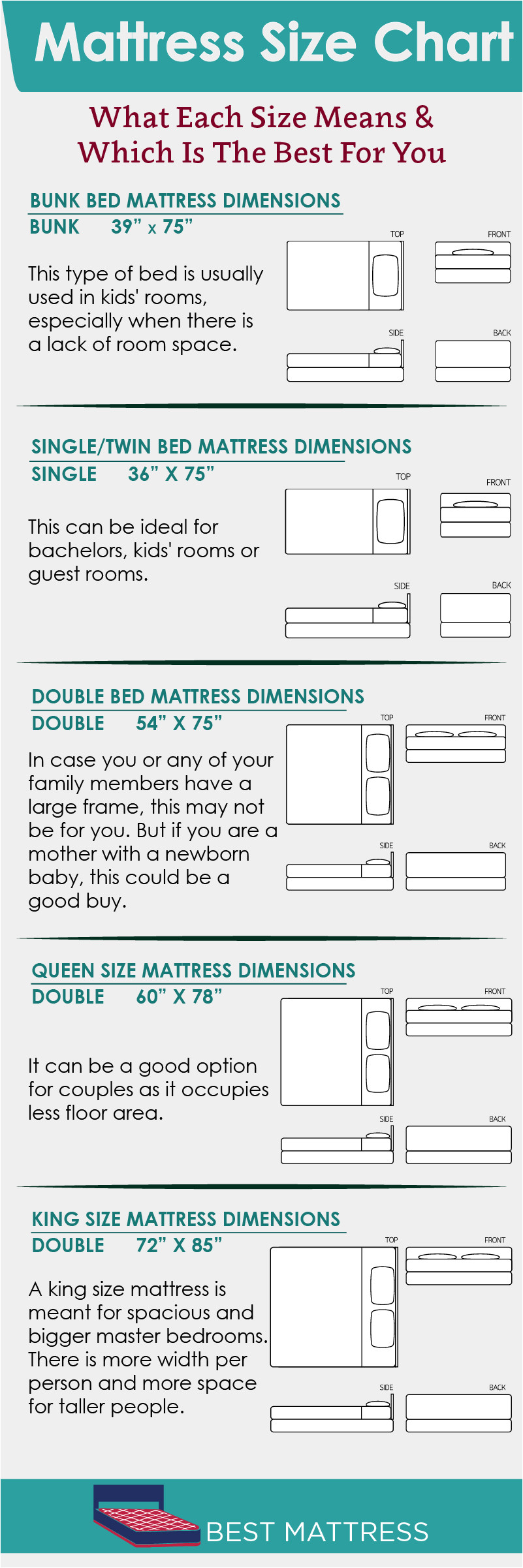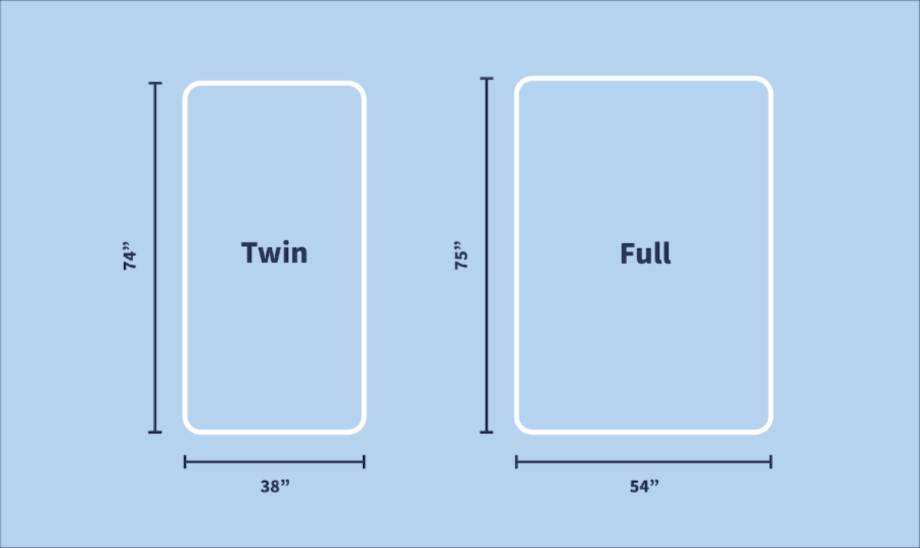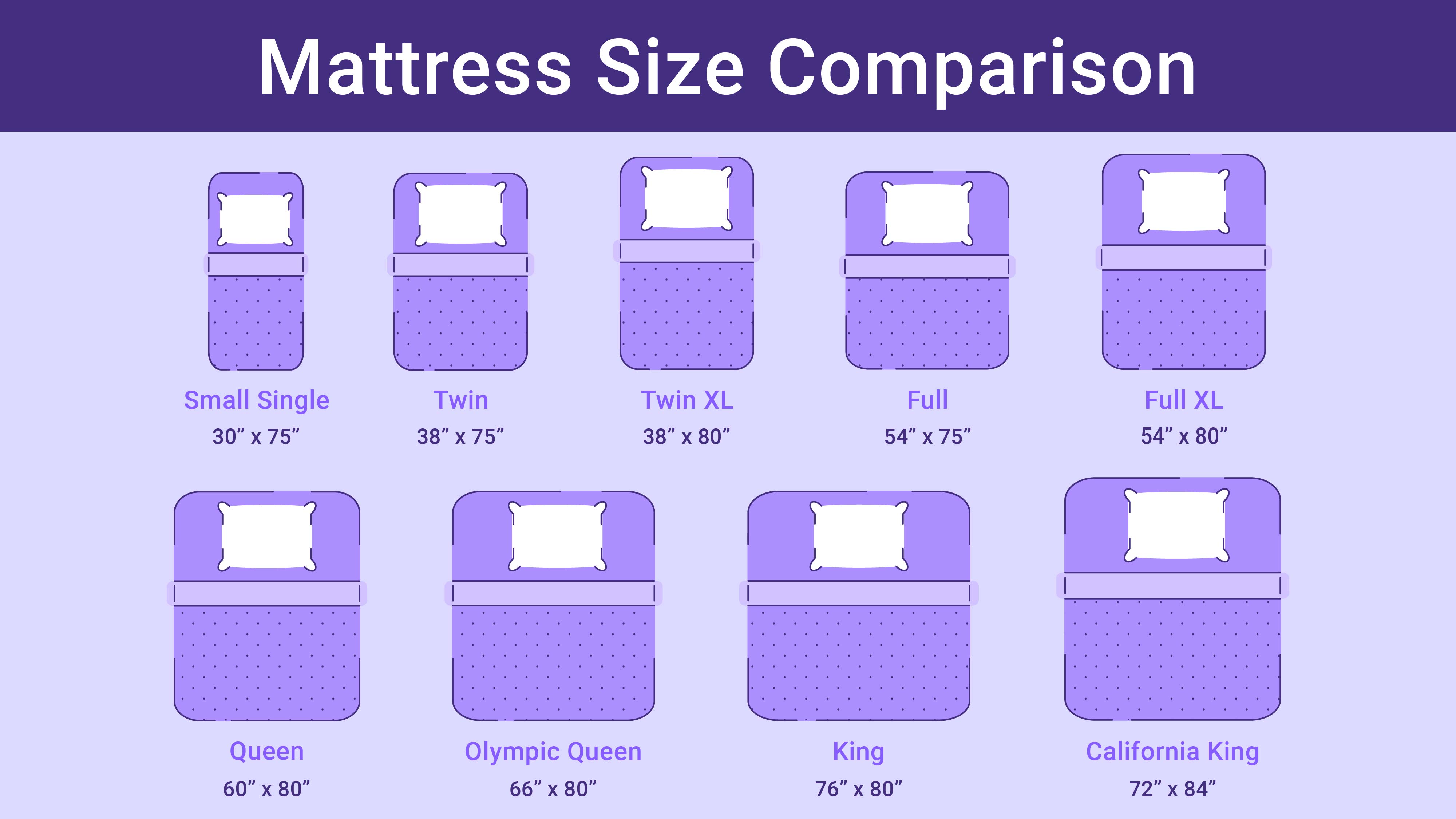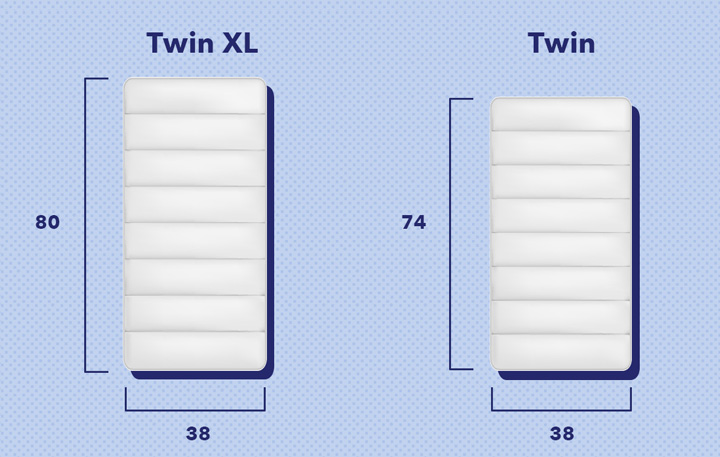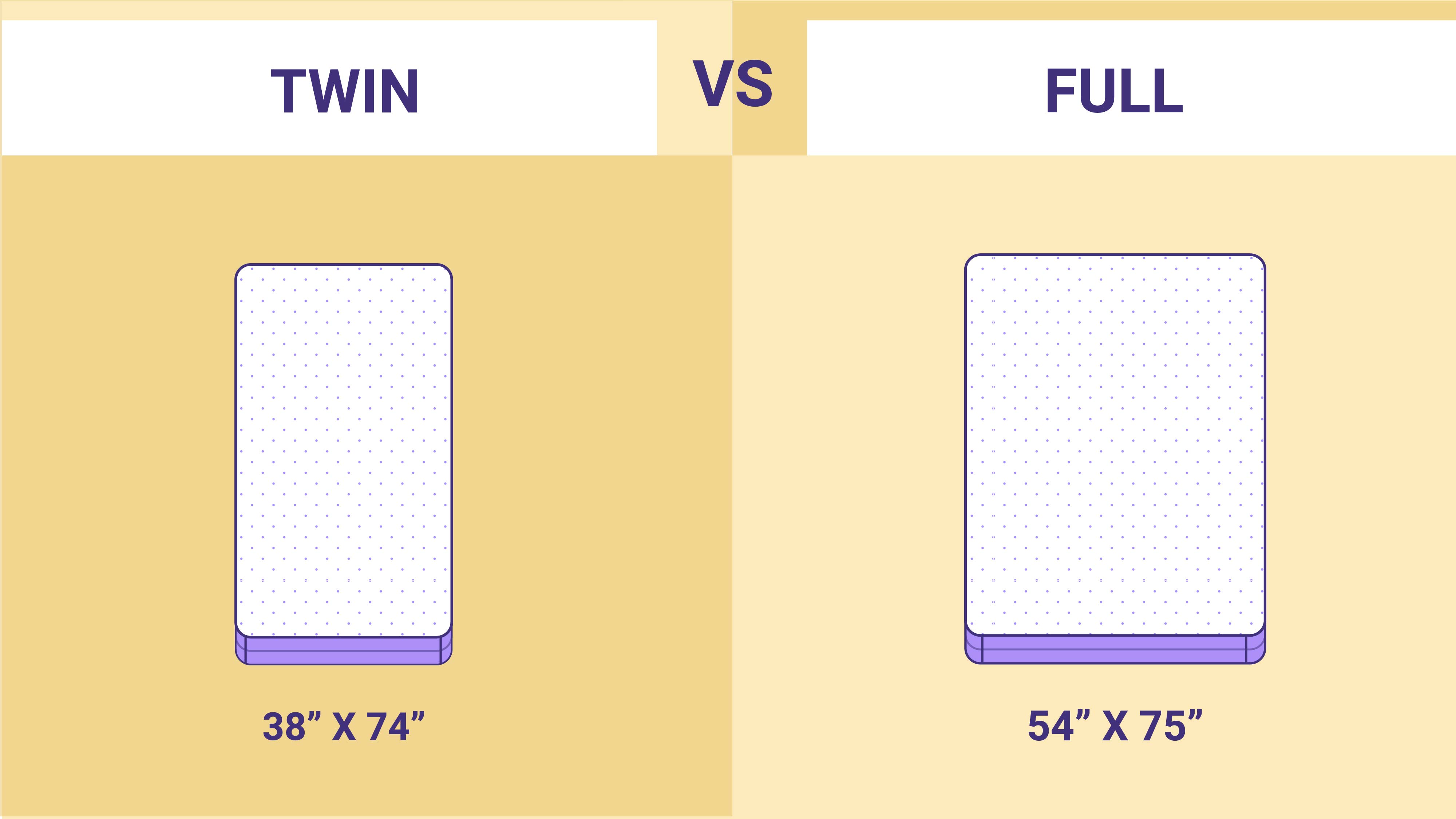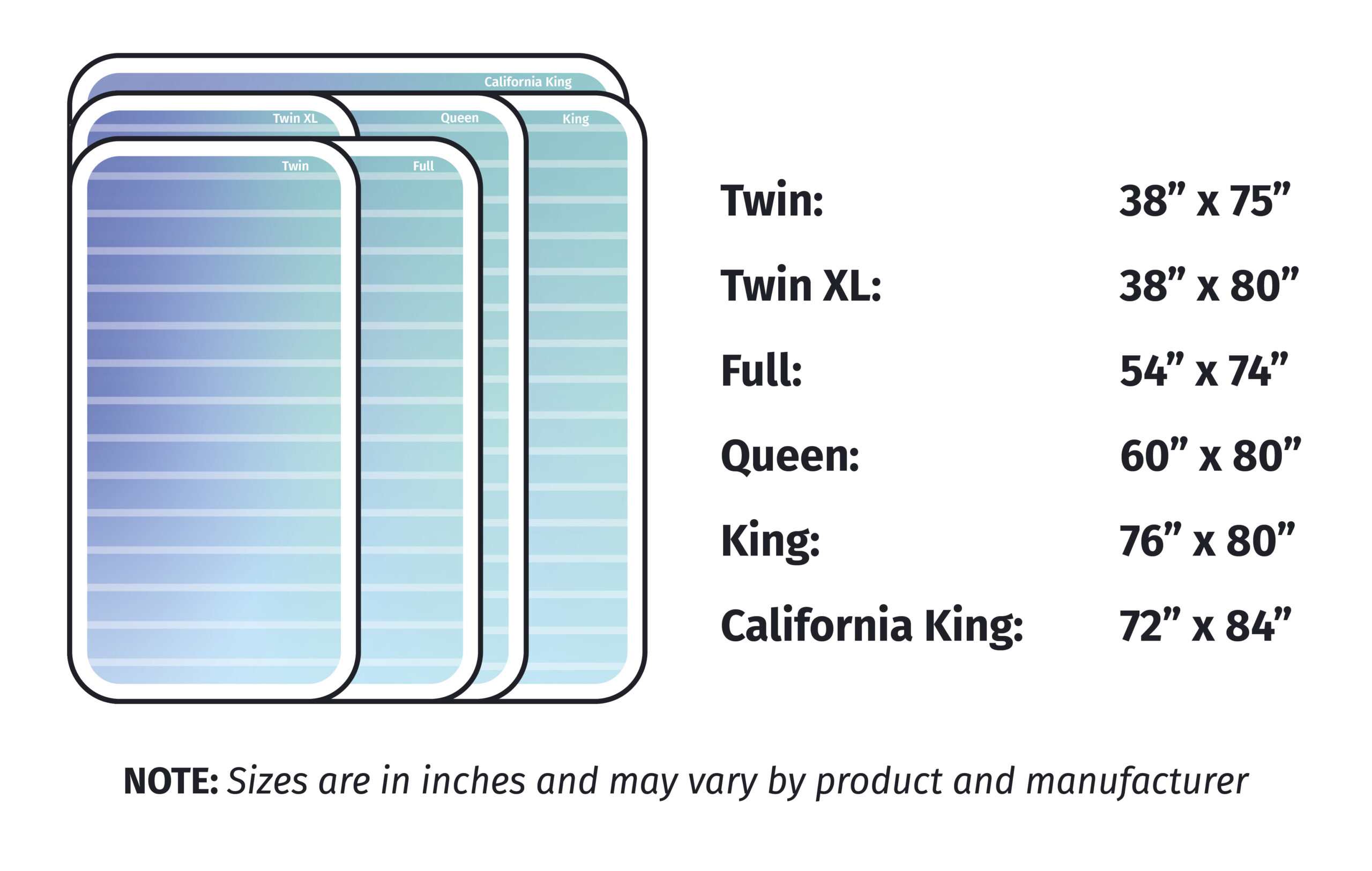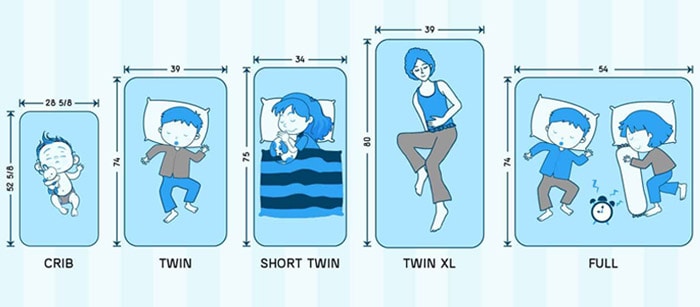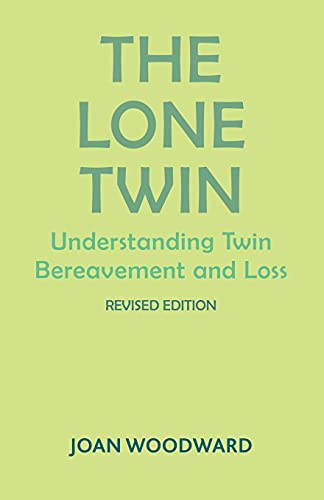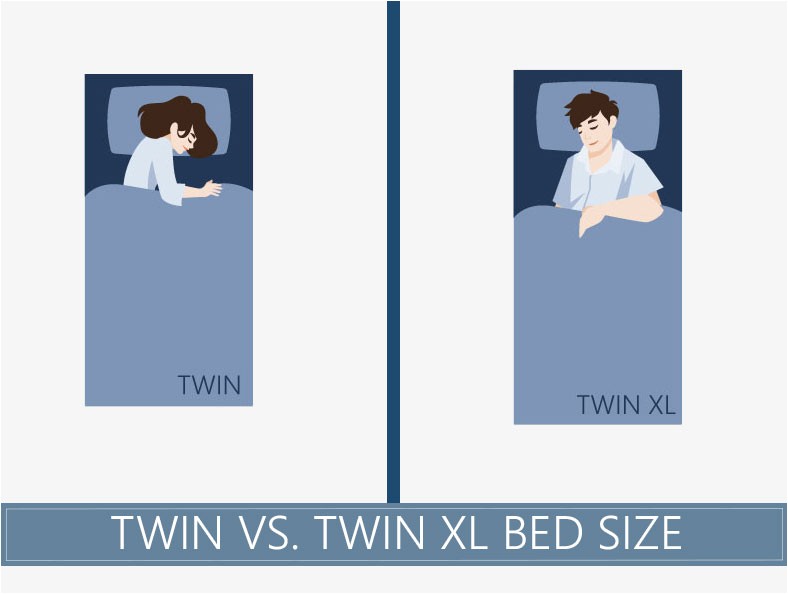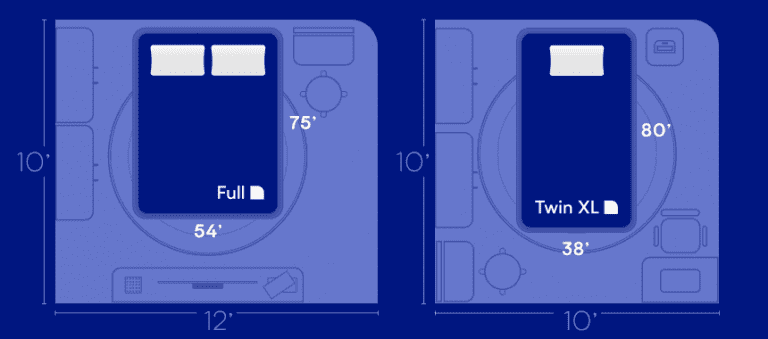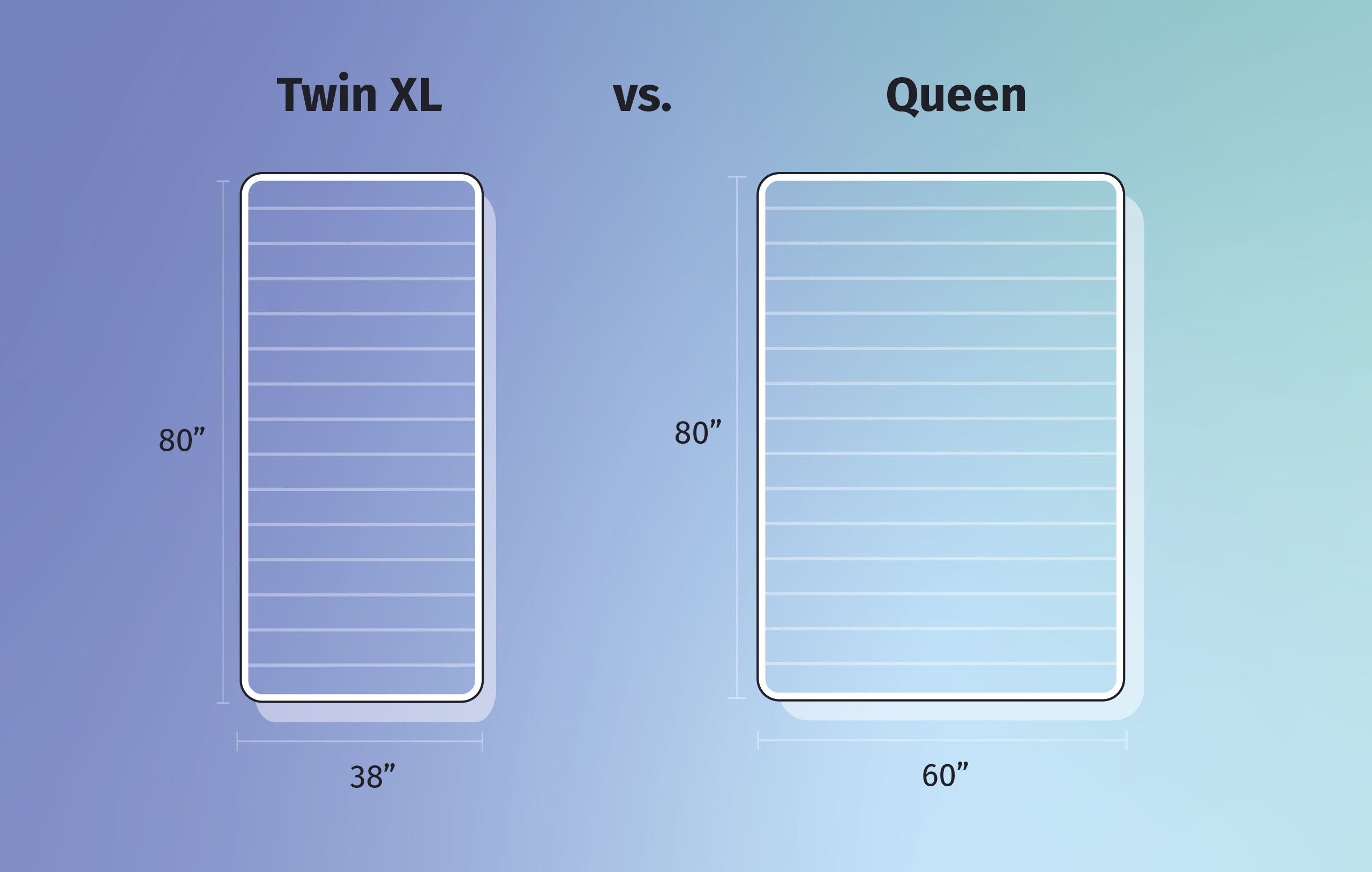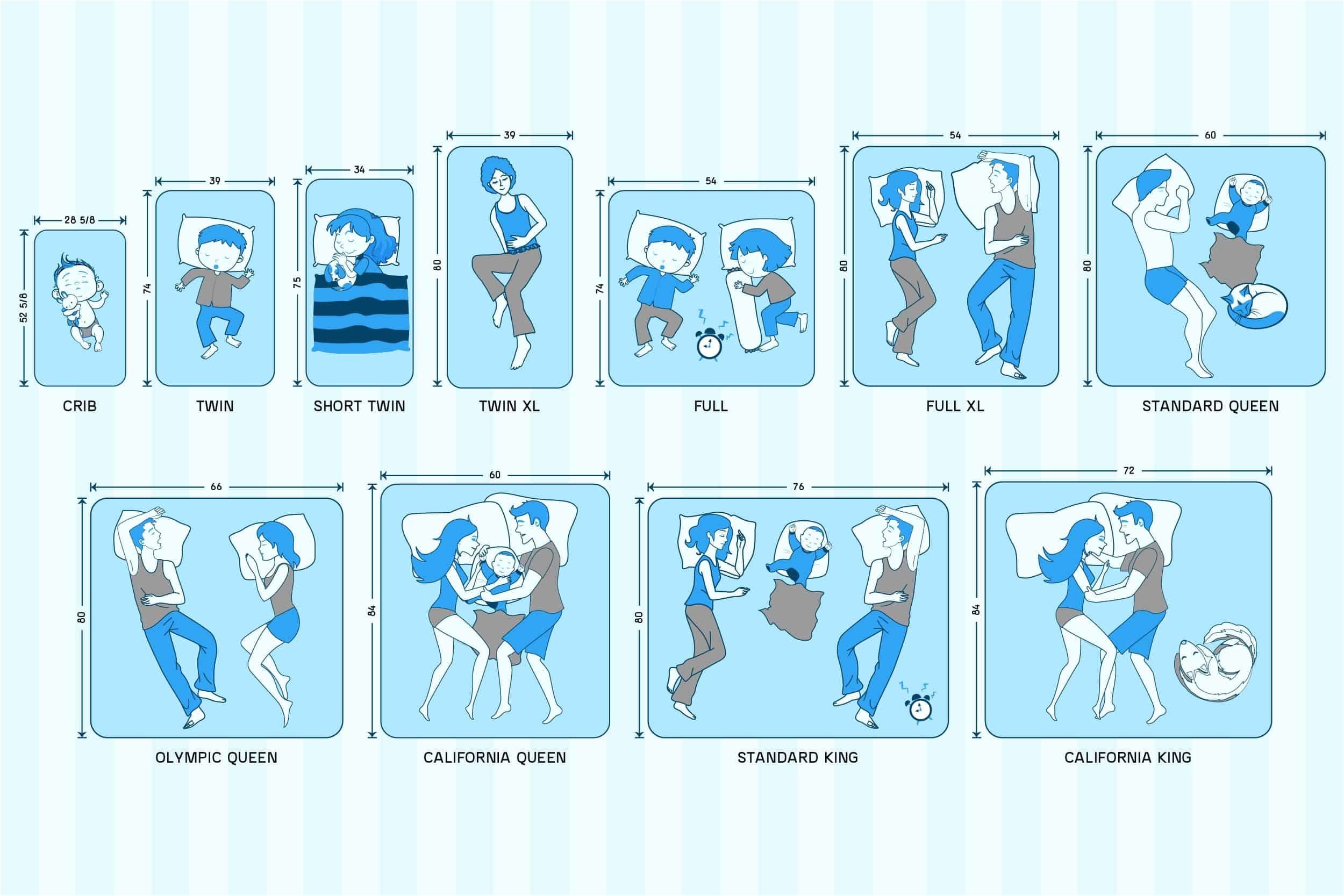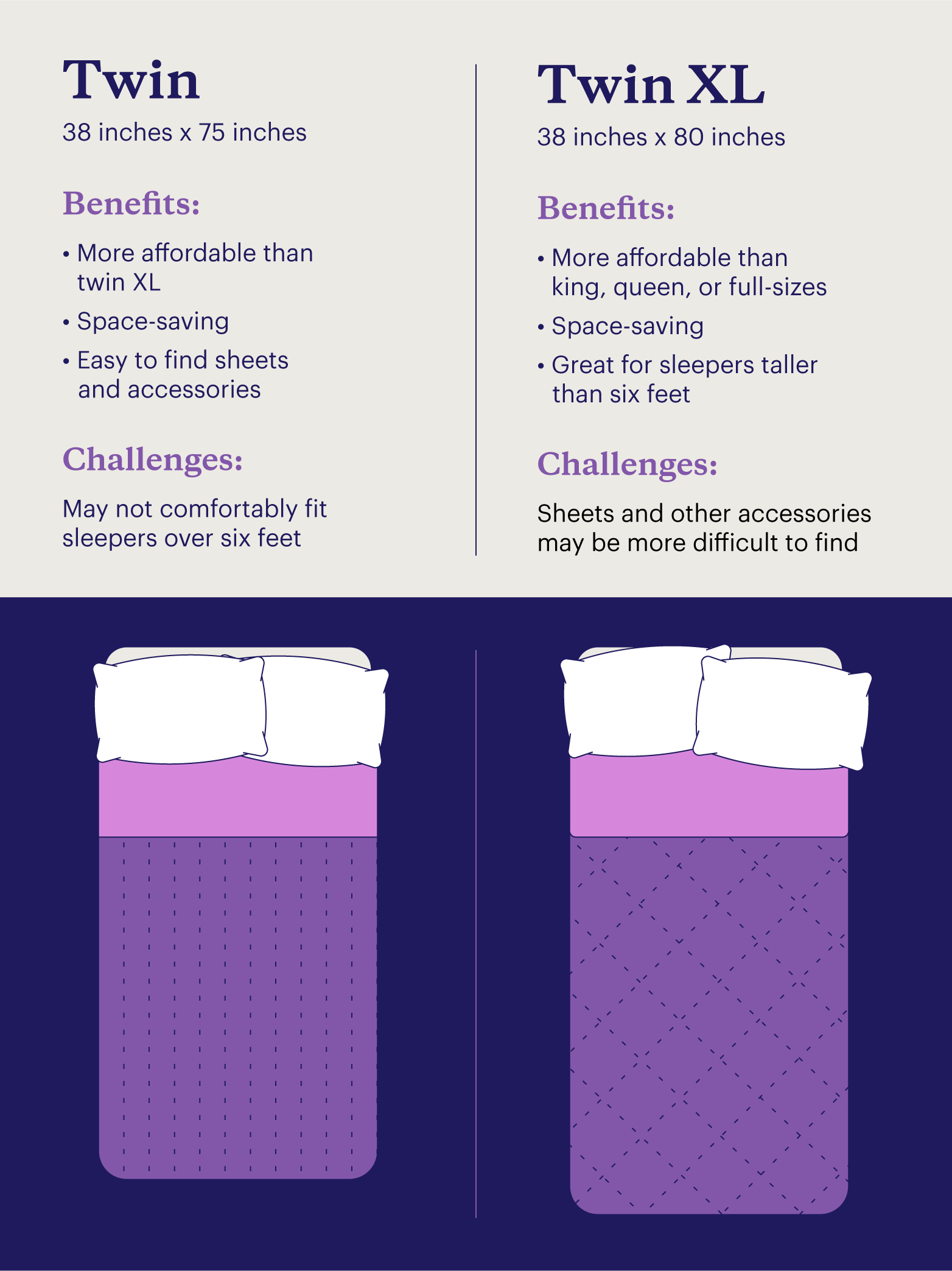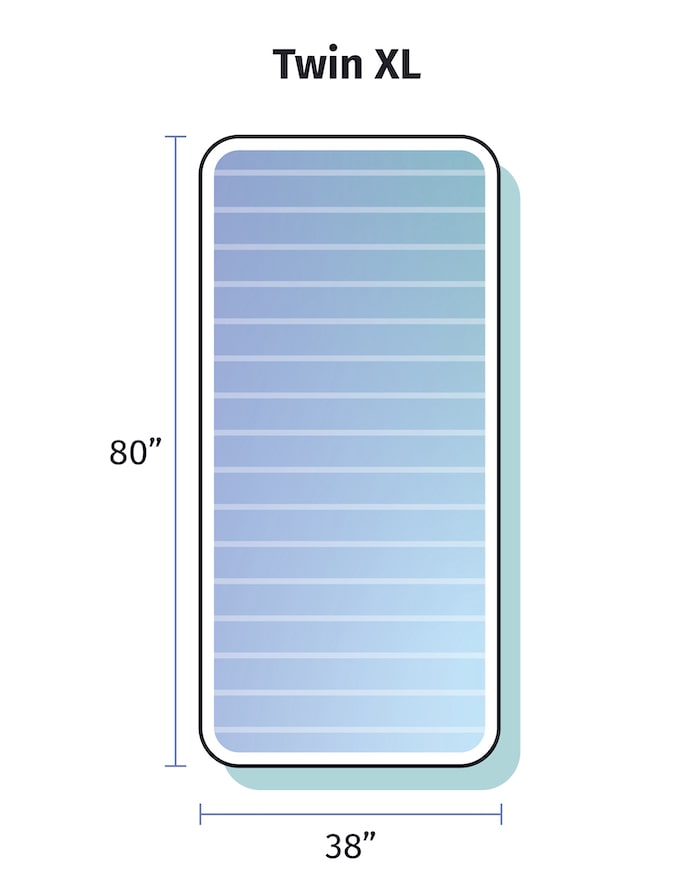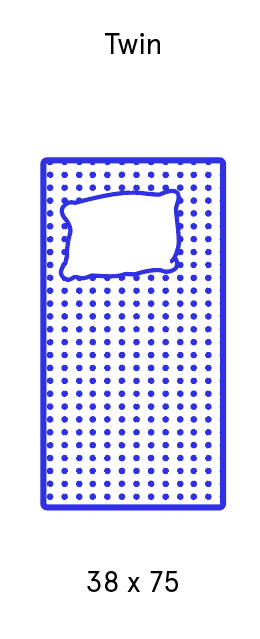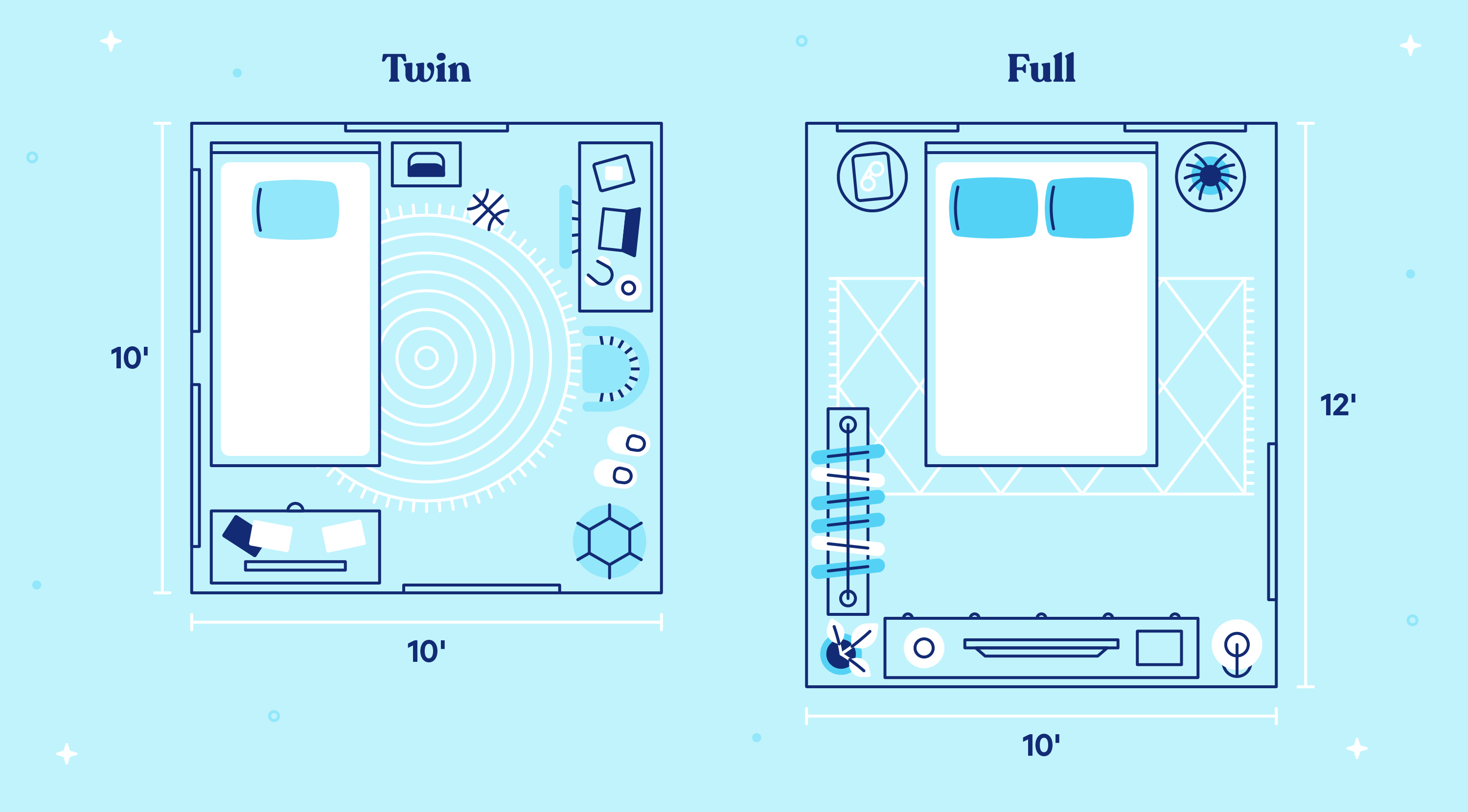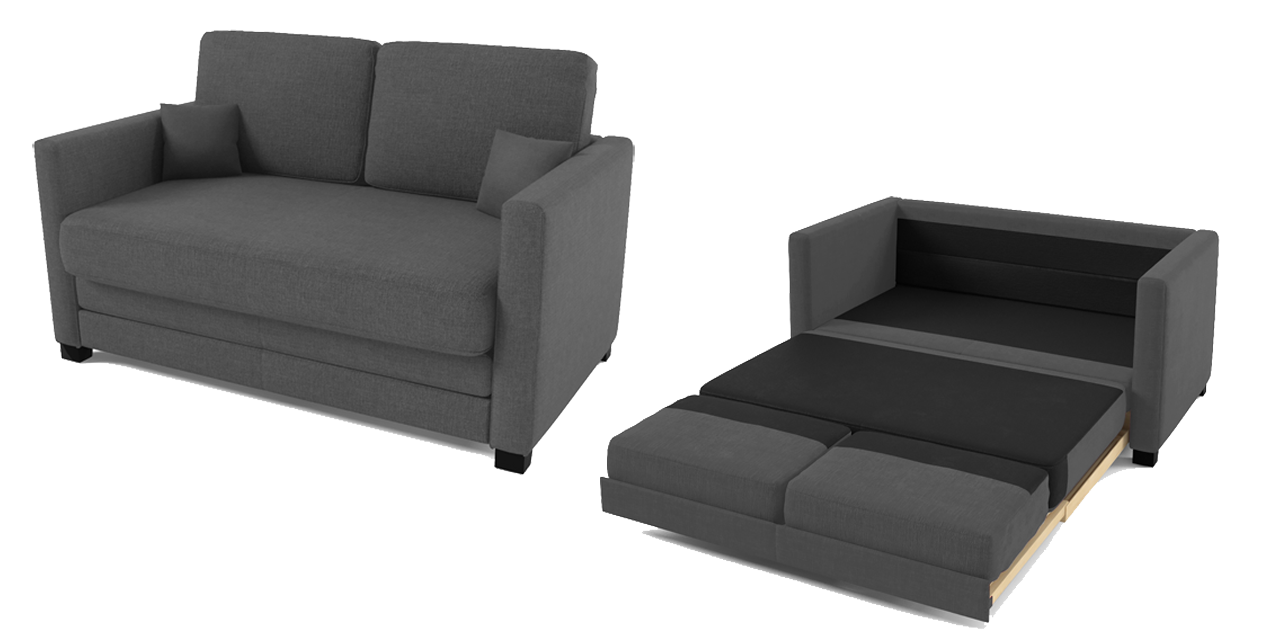When it comes to choosing a mattress size, it's important to understand the differences between twin, twin XL, and full mattresses. These three sizes may seem similar, but they actually have distinct characteristics that can greatly impact your sleep experience. First, let's start with the basics. A twin mattress is the smallest of the three, measuring 38 inches wide by 75 inches long. It's commonly used for children's rooms, bunk beds, and daybeds. A twin XL mattress is slightly longer, measuring 38 inches wide by 80 inches long. This size is often used for taller individuals or in college dorm rooms. Lastly, a full mattress is the next size up, measuring 54 inches wide by 75 inches long. It's also known as a double mattress and is a popular choice for couples or as a guest room bed. Twin Mattress Size vs Twin XL vs Full: What's the Difference?
Now that we know the basic measurements, let's dive into the differences between twin, twin XL, and full mattresses in terms of comfort and functionality. Space: As mentioned, a twin mattress is the smallest of the three and is best suited for single sleepers or children. A twin XL offers an extra five inches in length, making it more suitable for taller individuals. A full mattress offers more width, providing more space for couples to sleep comfortably. It can also be a good option for individuals who like to spread out while sleeping. Price: Generally, the larger the mattress, the higher the price. A twin mattress will typically be the most affordable, followed by a twin XL and then a full. However, prices can vary depending on the brand and materials used. Bedroom Size: If you have limited space in your bedroom, a twin or twin XL mattress may be a better choice. These sizes take up less room and can make a small room feel less cramped. A full mattress may be more suitable for larger bedrooms. Sleeping Preferences: Your preferred sleeping position can also play a role in which mattress size is best for you. If you sleep alone and prefer to sleep in a curled-up position, a twin or twin XL may be enough space. However, if you sleep with a partner or like to stretch out, a full mattress may be a better option. Twin vs Twin XL vs Full Mattress Size Comparison
Now that we've covered the basics and compared the sizes, let's take a closer look at the unique characteristics of each mattress size. Understanding the Differences Between Twin, Twin XL, and Full Mattresses
Now that we've explored the differences between twin, twin XL, and full mattresses, let's determine which size is the best fit for your needs. For Children: A twin mattress is usually the best choice for children as it provides enough space for them to sleep comfortably. It's also a more affordable option for growing kids. For Taller Individuals: If you're on the taller side, a twin XL mattress will provide more legroom and ensure you're not hanging off the edge of the bed. This is especially important for individuals who are 6 feet or taller. For Couples: If you're sharing a bed with a partner, a full mattress may be the most suitable choice. It offers enough space for two people to sleep comfortably and is more affordable than larger sizes. For Small Spaces: If you have a small bedroom or need a mattress for a guest room, a twin or twin XL may be the best option. These sizes offer enough space for single sleepers and take up less room in the bedroom. Twin vs Twin XL vs Full: Which Mattress Size is Right for You?
Before making a final decision on which mattress size to purchase, there are a few key factors to consider. Sleeping Habits: Think about your sleeping habits and preferences. Do you sleep alone or with a partner? Do you like to spread out while sleeping or prefer a more compact space? These factors can help determine which mattress size will provide the best sleep experience for you. Budget: As mentioned, the larger the mattress, the higher the price. Consider your budget and which size will give you the most value for your money. Room Size: The size of your bedroom can also impact which mattress size is the most suitable. Measure your space and consider how much room you have for a bed and other furniture before making a decision. Longevity: Keep in mind that your needs and preferences may change over time. If you're investing in a new mattress, consider whether your chosen size will still be suitable in a few years. Twin vs Twin XL vs Full: What You Need to Know Before Buying
Like any purchase, there are pros and cons to each option. Let's take a closer look at the advantages and disadvantages of twin, twin XL, and full mattresses. Twin vs Twin XL vs Full: Pros and Cons of Each Mattress Size
When it comes to couples, a full mattress is typically the best choice. It offers enough space for two people to sleep comfortably and is more affordable than larger sizes. However, if you and your partner prefer your own sleeping space, a twin XL may be a better option. Twin vs Twin XL vs Full: Which is Better for Couples?
For children, a twin mattress is usually the most suitable choice. It offers enough space for them to sleep comfortably and is a more affordable option for growing kids. Twin vs Twin XL vs Full: Which is Better for Kids?
If you have a small bedroom or need a mattress for a guest room, a twin or twin XL may be the better choice. These sizes take up less room and can make a small space feel less cramped. Twin vs Twin XL vs Full: Which is Better for Small Spaces?
A full mattress is often the preferred choice for guest rooms. It offers enough space for two people to sleep comfortably and is more affordable than larger sizes. Twin vs Twin XL vs Full: Which is Better for Guest Rooms?
Which Mattress Size is Right for You?
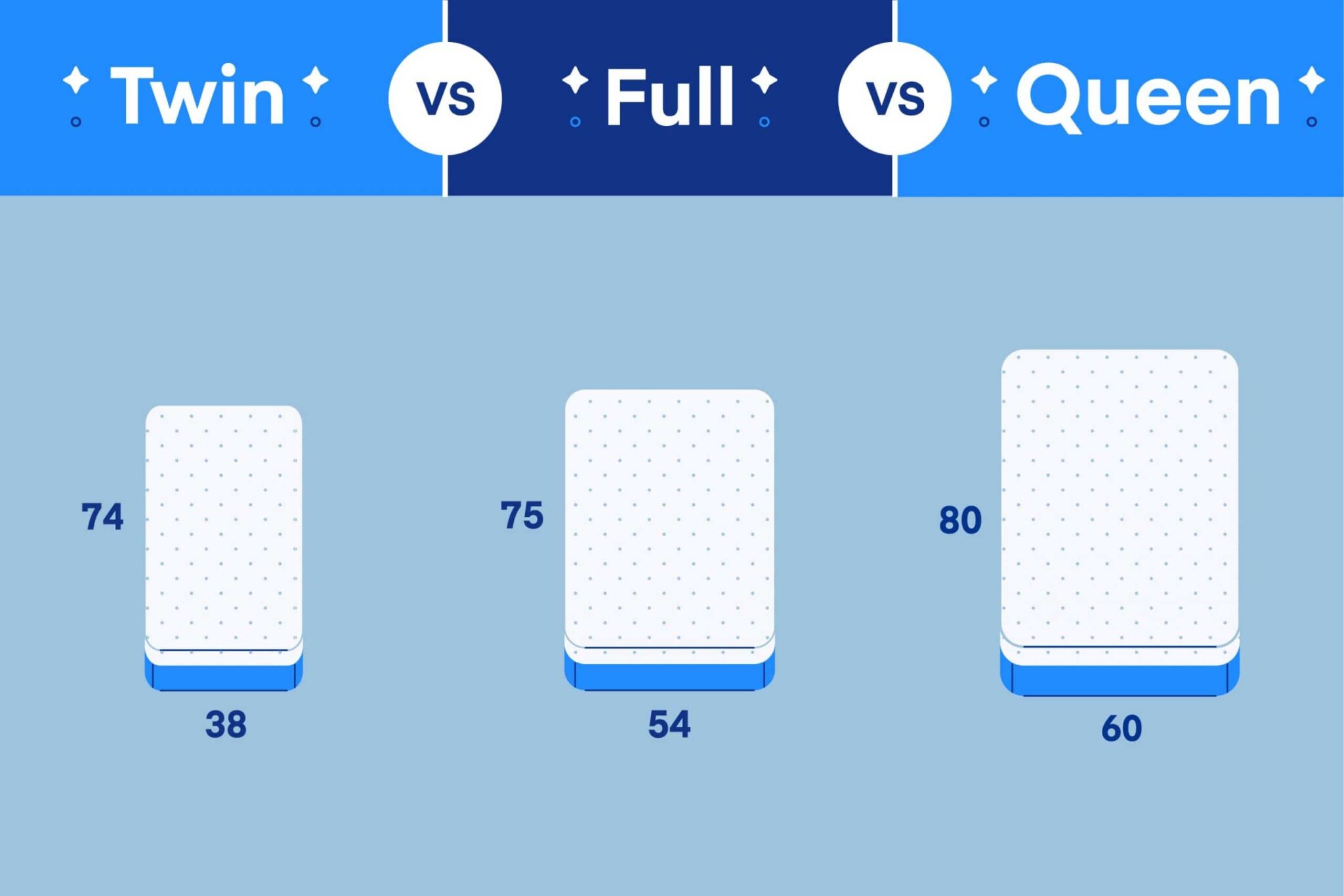
The Importance of Choosing the Right Mattress Size for Your House Design
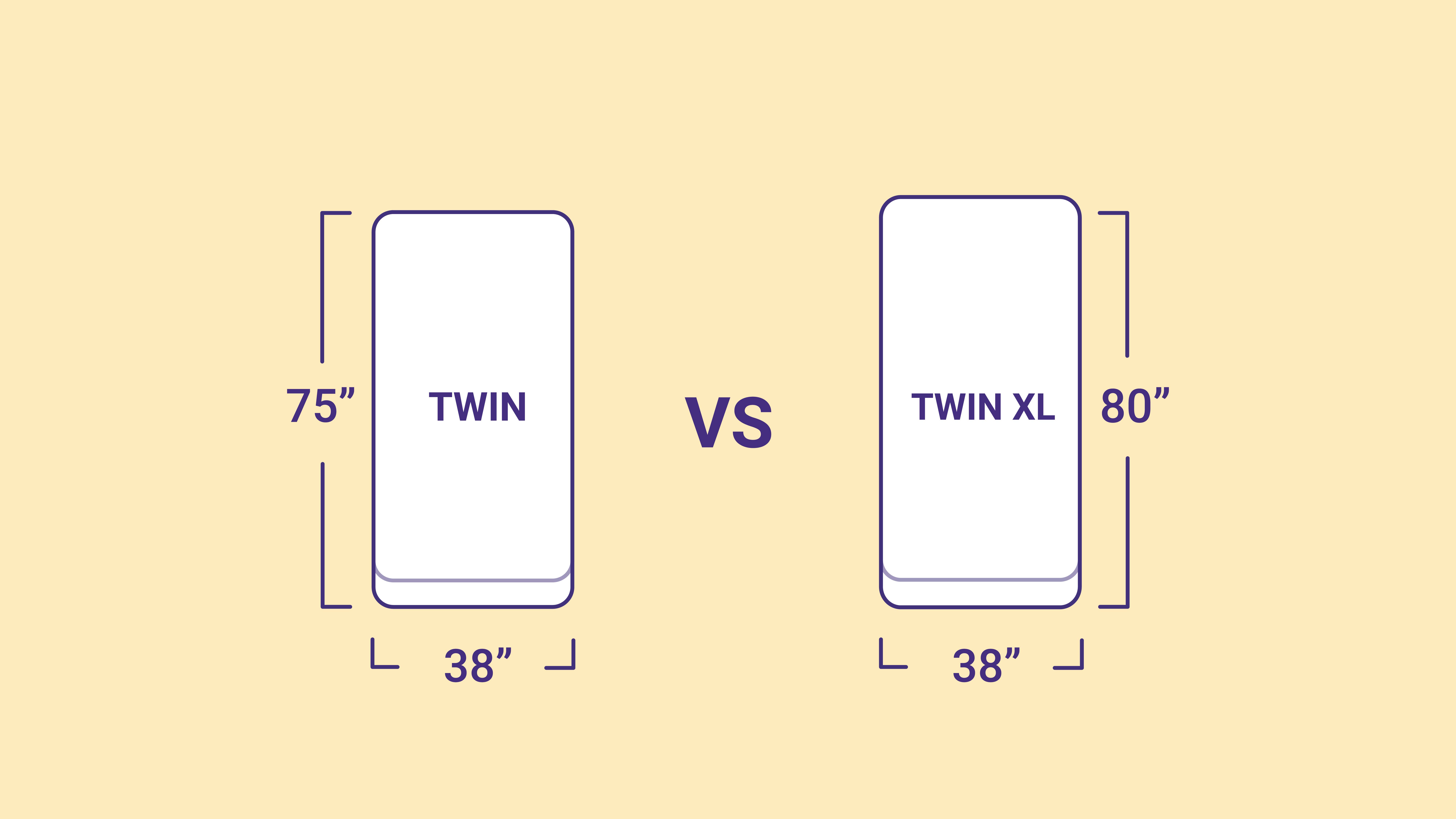 When it comes to designing your dream home, there are many factors to consider. From the color of the walls to the type of flooring, every detail plays a role in creating a comfortable and aesthetically pleasing space. One crucial element that should not be overlooked is the
size of your mattress
. Not only does it affect the overall look and feel of your bedroom, but it also plays a crucial role in your quality of sleep. In this article, we will compare three popular mattress sizes –
twin, twin XL, and full
– and help you determine which one is the best fit for your house design.
When it comes to designing your dream home, there are many factors to consider. From the color of the walls to the type of flooring, every detail plays a role in creating a comfortable and aesthetically pleasing space. One crucial element that should not be overlooked is the
size of your mattress
. Not only does it affect the overall look and feel of your bedroom, but it also plays a crucial role in your quality of sleep. In this article, we will compare three popular mattress sizes –
twin, twin XL, and full
– and help you determine which one is the best fit for your house design.
The Battle of the Twins: Twin vs. Twin XL
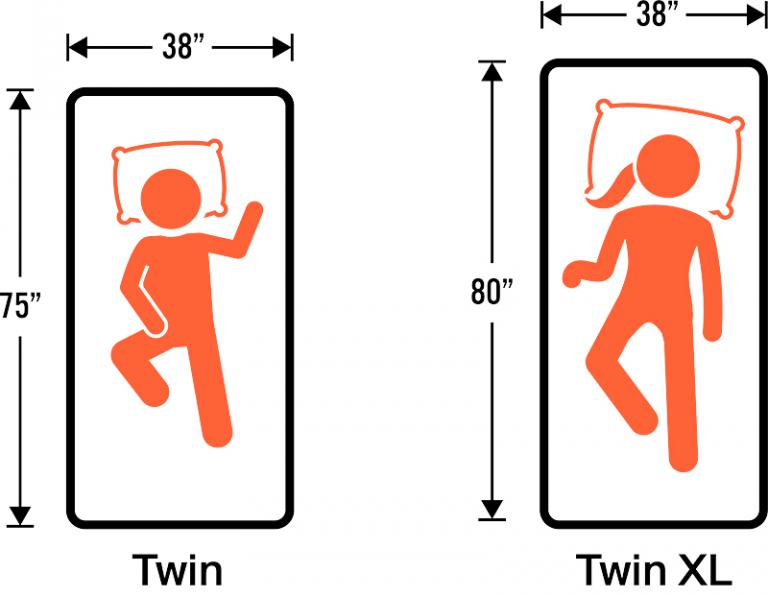 Let's start with the smallest of the three – the twin mattress. This is the
most common size for children's bedrooms
or guest rooms. Measuring at 39 inches wide and 75 inches long, a twin mattress is compact and can fit comfortably in smaller spaces. However, for taller individuals, this size may not provide enough legroom. This is where the twin XL comes in. With an additional 5 inches in length, a twin XL mattress is
ideal for taller teenagers or adults
. It also works well for guest rooms or shared bedrooms where space may be limited.
Let's start with the smallest of the three – the twin mattress. This is the
most common size for children's bedrooms
or guest rooms. Measuring at 39 inches wide and 75 inches long, a twin mattress is compact and can fit comfortably in smaller spaces. However, for taller individuals, this size may not provide enough legroom. This is where the twin XL comes in. With an additional 5 inches in length, a twin XL mattress is
ideal for taller teenagers or adults
. It also works well for guest rooms or shared bedrooms where space may be limited.
The Full Experience: Full Mattress Size
 Next up is the full mattress size, also known as a double mattress. At 54 inches wide and 75 inches long, it provides
more width and length compared to a twin or twin XL
. This makes it a popular choice for couples or individuals who prefer more space to spread out while sleeping. A full-size mattress is also a great option for smaller master bedrooms or guest rooms, as it can comfortably accommodate two people without taking up too much space.
Next up is the full mattress size, also known as a double mattress. At 54 inches wide and 75 inches long, it provides
more width and length compared to a twin or twin XL
. This makes it a popular choice for couples or individuals who prefer more space to spread out while sleeping. A full-size mattress is also a great option for smaller master bedrooms or guest rooms, as it can comfortably accommodate two people without taking up too much space.
Consider Your Space and Sleeping Habits
 When deciding between these three mattress sizes, it's essential to consider your
house design and sleeping habits
. Do you have a small bedroom or a larger one? Do you share your bed with a partner or a pet? Do you tend to move around a lot in your sleep? All of these factors play a role in determining the right mattress size for you. If you have a small bedroom, a twin or twin XL may be the best option. If you share your bed with a partner, a full-size mattress may be a better choice. And if you tend to move around a lot, a larger mattress size may provide more space for comfortable sleep.
When deciding between these three mattress sizes, it's essential to consider your
house design and sleeping habits
. Do you have a small bedroom or a larger one? Do you share your bed with a partner or a pet? Do you tend to move around a lot in your sleep? All of these factors play a role in determining the right mattress size for you. If you have a small bedroom, a twin or twin XL may be the best option. If you share your bed with a partner, a full-size mattress may be a better choice. And if you tend to move around a lot, a larger mattress size may provide more space for comfortable sleep.
Final Thoughts
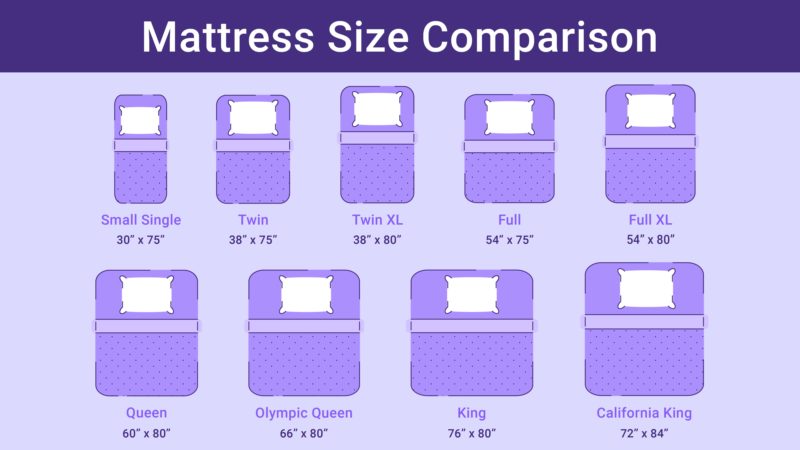 In conclusion, there is no one-size-fits-all when it comes to choosing the right mattress size for your house design. It ultimately depends on your personal preferences and needs. Consider the size of your bedroom, who you share your bed with, and your sleeping habits before making a decision. And remember, investing in a comfortable and properly sized mattress is crucial for getting a good night's sleep and creating a cozy bedroom in your dream home.
In conclusion, there is no one-size-fits-all when it comes to choosing the right mattress size for your house design. It ultimately depends on your personal preferences and needs. Consider the size of your bedroom, who you share your bed with, and your sleeping habits before making a decision. And remember, investing in a comfortable and properly sized mattress is crucial for getting a good night's sleep and creating a cozy bedroom in your dream home.

